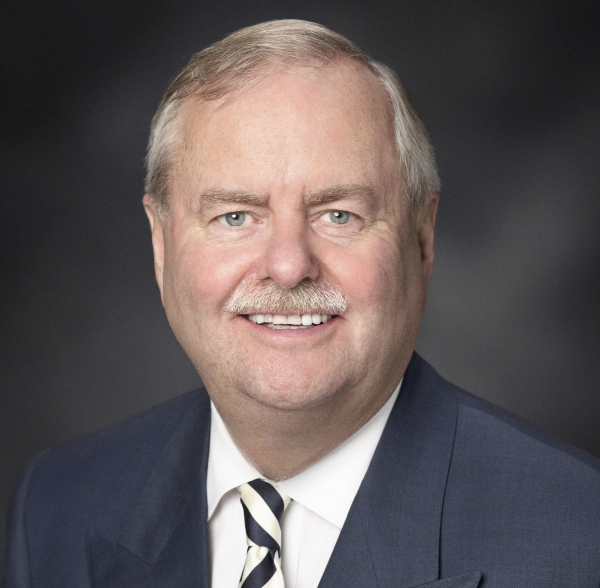Republished with permission from Built to Sell Inc.
How many people can one person manage?
Harvard Business Review estimates the ideal range for an experienced manager is between five and nine direct reports. Inc. pegs the sweet spot at seven.
The ratio of managers to direct reports matters because it explains why some companies grow and others plateau. Every business is different, but you can loosely think of a company’s evolution as a series of stages with an invisible gate holding most owners from progressing to the next stage:
Stage 1: Doers (up to 9 employees)
In stage 1, you direct a handful of doers. You need people who can follow your standard operating procedures and execute. Your best employees will often be generalists who can do a lot of things reasonably well. They thrive on variety and like the feeling of getting things done.
Many owners get stuck in stage 1 because they fear delegation. Owners don’t trust employees enough to do the work without their direct oversight. However, those owners courageous enough to hire some managers will graduate to stage 2.
Stage 2: Managers (10–40 employees)
In a Stage 2 company, the owner hires a small number of managers (usually less than five), who are paid to ensure their direct reports execute. The emphasis is on managing against the plan the owner gives them. Good managers understand the process they are being asked to manage. They are detail-oriented and stick to the plan.
While managers may contribute to the plan, they are not usually responsible for creating it. Managers typically need their leader(s) to supply their plan, which is why many companies stall out at stage 2.
Stage 3: Leaders (40 + employees)
For our purposes here, let’s define a leader as a person who can lead a team through more than one layer of management.
Let’s imagine you have a sales leader who oversees two sales managers, each of whom has five salespeople reporting to them. The leader’s job is to set direction and to provide a vision and plan for their managers to execute. They are leading a team of twelve (two managers plus ten salespeople) while simultaneously managing two direct reports.
While most leaders can manage, the opposite is not necessarily true. Leadership requires managers to learn a new set of skills. Leaders need to be able to communicate clearly, delegate effectively, and create strategy.
If you’re stuck at stage 2, you have two options: either you need to hire leaders to parachute into your organization, which risks alienating your managers, or train managers to become leaders. Both strategies are hard and time-consuming, which is why many companies get stuck at stage 2.
Half Your People, Half Your Processes
For an example of a company that successfully managed the transition to stage 3, take a look at Acceleration Partners. Started by Robert Glazer in 2007, Acceleration Partners is an agency specializing in partner marketing. Acceleration Partners is a people-centric business that helps brands reach and manage their influencer relationships.
In the beginning, Glazer began hiring people to help him manage clients and their projects. As he described on a recent episode of Built to Sell Radio, Acceleration Partners’ needs evolved as the company expanded: “Every time your company doubles in size, you outgrow half your people and half your processes.”
Glazer grew Acceleration Partners for 14 years, and by the time he sold it in 2021, Glazer had an entire team of leaders overseeing a group of managers who were managing the people doing the work.
If you’re stuck, it’s worth asking if you have the right people in place to take your business to the next stage. In the beginning, you will need managers you can trust. And to graduate to stage 3, you’ll need people who can manage and lead. Some managers may need training, while other areas of your business may need an entirely new leader to make the transition successful.
For more free information on Creating A Business Owner’s Dream Financial Plan, you can listen to a free, eight-part series we did exclusively for business owners. The show is also available to subscribe to for free via iTunes.








